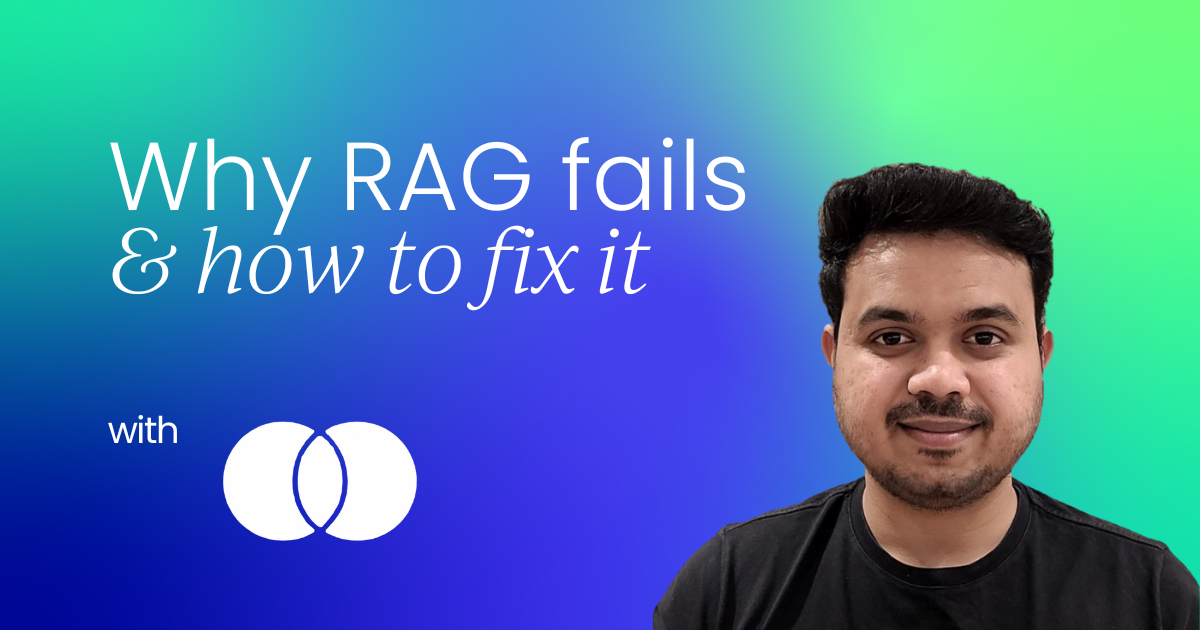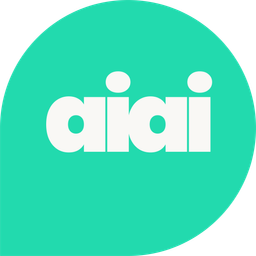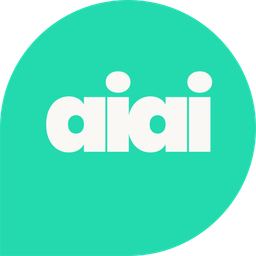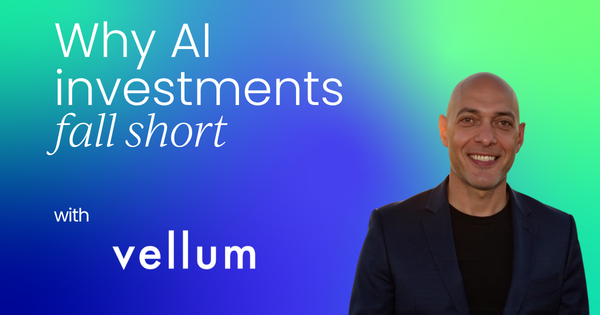Let me share something that might sound familiar: Your organization has poured significant resources into AI initiatives, yet the returns remain disappointingly linear. If you're nodding along, you're not alone. In fact, 85% of AI projects fail to reach production in 2024. That's a staggering statistic that keeps me up at night.
But here's the thing: there's a way to transform those linear returns into exponential growth. I've seen it happen with organizations of all sizes, and today I want to walk you through exactly how to make that shift.
The three pillars of AI ROI success
After working with countless enterprises, I've identified three critical pillars that separate successful AI implementations from the rest:
Speed advantage: How quickly can you deploy, prototype, evaluate, and scale AI solutions? More importantly, how fast can you operationalize them?
Market responsiveness: Once deployed, how rapidly can you adapt your AI systems to changing market conditions? Remember, these non-deterministic models need constant adjustment.
Innovation velocity: As your organization becomes more AI-native, how do you continuously improve and evolve your capabilities?
The goal? Compound returns that are exponential, not just linear. Let me show you the framework that makes this possible.
The hidden cost of engineering-focused AI
Here's where most organizations go wrong: they treat AI projects like traditional software development. Engineering teams receive specs from product or business units, build solutions in isolation, then maintain them indefinitely. Each new project compounds technical debt in a painfully linear fashion.
I recently analyzed a mid-market scenario that illustrates this perfectly. Eight AI projects at $85,000 each totaled nearly $700,000 in engineering costs. But here's the kicker: with 60% of engineering time lost to coordination and overhead, that's almost $8 million in lost productivity. Add four and a half months of deployment delays across those projects, and you're looking at significant lost revenue opportunities.
The engineering-focused approach creates bottlenecks that kill innovation velocity. When 60-70% of your valuable engineering resources are stuck in maintenance and coordination, you're not just moving slowly; you're actively preventing exponential growth.

The collaborative advantage: A new approach
What if I told you there's a better way? A collaborative approach that transforms how AI gets built and optimized in your organization?
Instead of project-by-project development, imagine building a unified platform with reusable components, core integration patterns, and strategic foundations that scale across your entire organization. Yes, it requires more investment upfront, but the returns are exponential, not linear.
In that same mid-market scenario, the collaborative approach yielded 30% efficiency gains and $3.6 million in realized value because workloads reached production faster. That's the power of increased velocity and scalability.
Four pillars of collaborative AI success
Pillar 1: Engineering as organizational infrastructure
Your engineering team's role fundamentally shifts. Instead of owning individual projects end-to-end, they build infrastructure and reusable components that support multiple stakeholders. Think of it as creating organizational infrastructure that becomes more valuable with each use.
When a reusable component gets deployed across multiple departments and use cases, the value of that engineering work multiplies. That's how you get exponential returns on engineering investment.
Pillar 2: Empowering business domain experts
This is where the magic happens. Does your customer service team have decades of experience in understanding customer patterns? They need a seat at the table. Your finance team that knows financial analysis inside and out? They should be optimizing AI behavior directly.
By giving domain experts transparency into AI systems and the ability to tweak and optimize them, you're not just improving AI performance; you're scaling human expertise through AI. This creates compound intelligence over time.
Pillar 3: Building an AI-native workforce
As this transformation occurs, you create a powerful competitive edge. With engineering foundations in place and business experts actively engaged, you build an AI-native workforce that provides first-mover advantage. You can respond to market changes faster, gain market share more effectively, and move with greater velocity than competitors stuck in quarterly cycles.
Pillar 4: Same-day optimization
Here's the end game: while your competitors operate on quarterly planning cycles, you're optimizing AI in real-time. Notice competitive behavior? Counter immediately. Spot a market shift? Adapt today, not next quarter.
In a world where business moves at the speed of AI, organizations stuck in quarterly cadences simply can't compete. Collaborative AI enables same-day optimization that keeps you ahead of the curve.
Making it real: Implementation framework
Now, I know what you're thinking; this sounds great in theory, but how do we actually do it? The implementation timeline varies based on your regulatory environment and organizational complexity.
What takes six months for a smaller, less regulated company might take three to four years in highly regulated industries. But the key is comparing yourself to your cohorts and moving faster than they can.
Phase 1: Engineering foundation
Technical teams establish platforms with enterprise integrations, reusable components, and initial workflows. This phase proves ROI and builds organizational confidence through transparency and trust.
Phase 2: Workforce enablement
This is where business transformation happens. Document success patterns, develop AI skills through structured programs for domain experts, and implement strong security and governance frameworks. Give your teams sandboxes where they can iterate and improve.
Phase 3: Competitive intelligence
AI becomes native to your organization. Distributed intelligence amplifies domain expertise developed over the years, and your business responds at the speed of AI.
Here's a crucial insight: 40% of this transformation is technology and platform integration. The other 60%? That's change management, training, and workforce enablement. Success requires creating an environment where your entire organization participates in AI transformation, not just engineering.

The path forward
The organizations succeeding with AI aren't the ones with the biggest engineering teams or the most projects in flight. They're the ones who've figured out how to break down the barriers between domain expertise and AI execution.
Think about it: if you're forcing all AI workloads through a narrow engineering pipeline, and there aren't that many AI engineers in the world, you've created an artificial constraint on your growth. But when you enable your domain experts to work directly with AI systems while engineering provides the scaffolding, you unlock exponential potential.
The shift from linear to exponential returns is about fundamentally rethinking how your organization builds and optimizes AI. It's about recognizing that in a world of non-deterministic models and constant change, the old quarterly planning cycles and siloed development approaches simply don't cut it anymore.
Your competitors are out there right now, trying to solve this same puzzle. The question is: Will you be the organization moving at the speed of AI, or the one still stuck in quarterly cycles, watching opportunities pass by?
The choice, and the exponential returns, are yours for the taking.



 Follow us on LinkedIn
Follow us on LinkedIn




